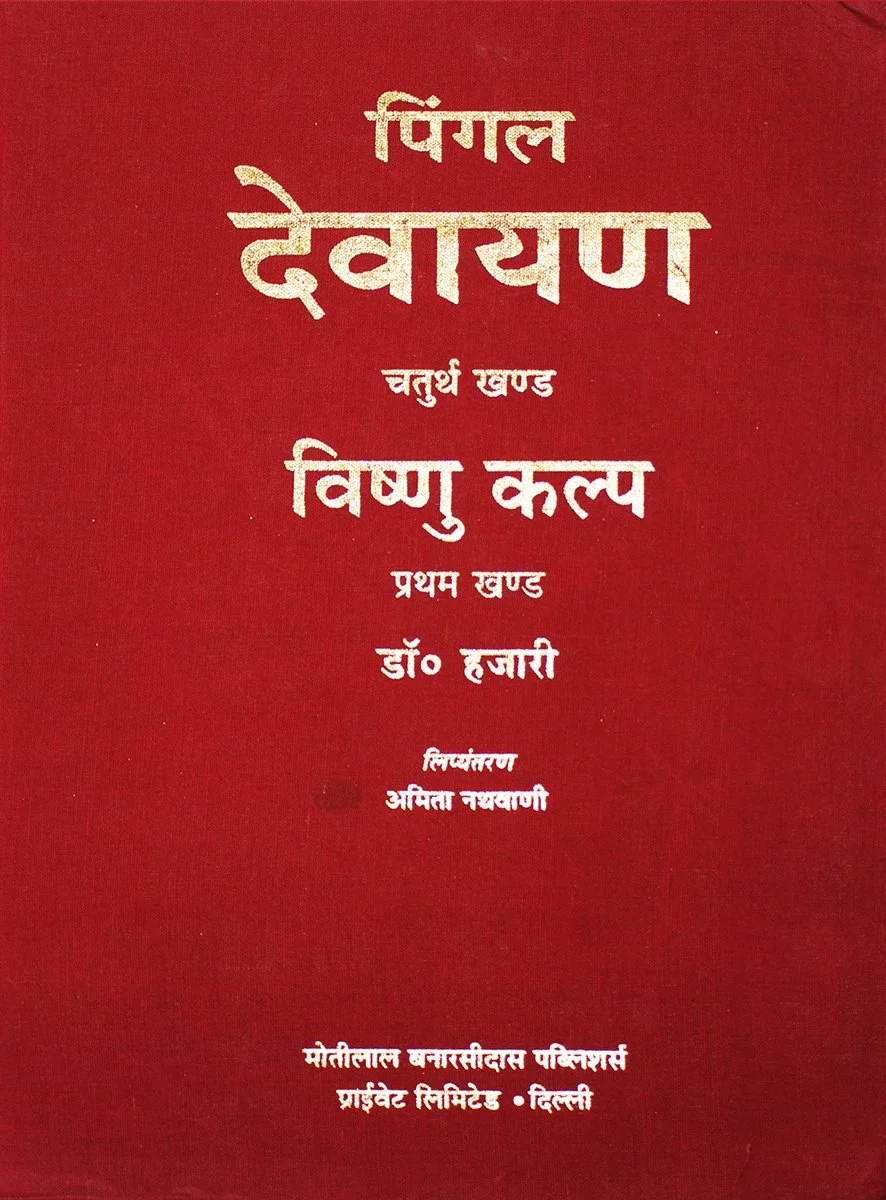VOLUME IV
The fourth volume describes the events occurring during the transition from the Silver to the Bronze Age that ends with the rule of Queen Savitri. The Dwapara Yuga commences with the reign of her son Nahush and grandson Yayati. This volume consists of four Mandalas or books-Bhrigu, Rajrishi, Savitri and a portion of the Dwita Mandala. In the Bhrigu Mandala, there is the towering figure of Rishi Bhrigurama or Parshurama. We see how Rishi Bhrigu destroys the Kshatriyas of the world, as he held them responsible for disturbing the peace of the world, time and again. Thus for a period of time, the world was ruled by the Brahmins who were more interested in performing their spiritual activities. We come to know about the stories of Rishi Atri and Anusuya, a lady whom even the Gods looked up to. We garner an immense amount of knowledge about Dattatreya, a divine being who had in him the spiritual strength of Brahma, Vishnu and Maheshwara. We come to know the events in the lives of Nala and Damayanti. We witness the epic fight between Kali and Nala, i.e. between the evil forces and the adherents of Truth. How Nala refused to follow the edicts of Kali, the Lord of the Iron Age, in spite of the terrible occurrences in his life are all covered here. We come to know about the reigns of Dyumna, the son of Luv and his grandson Dyumatsen as well as that of Ashwapati, the first Emperor from the Lunar Dynasty. In the Rajrishi Mandala, we have thirty-nine Upanishads out of the 108 narrated in a very simple language, easily understandable even by laymen. We read with awe, in magnificient verse, among others the Isha, Kena, Katha, Chandogya, Kaivalya, Paingalya, Shandilyo, Aitereyo, Taittiriya and Brihdaranyako Upanishads. These are epic hymns of knowledge of self, the world and mainly the Divine. These chants of inspired knowledge breathe a feeling of religious aspiration and ecstasy beyond any cult. Such a wealth of knowledge is waiting for our discovery. There are also other Upanishad’s that are included in other parts of the epic. Further on, in the Savitri Mandala, we come to know about the birth and upbringing of Savitri, her marriage with Satyavan; and her epic fight with Yama to save her husband’s life. To prepare herself for this colossal task, she undertakes a very severe penance for the entire year after her marriage. This has been detailed in powerful imagery and descriptions. We see how she becomes the Empress of the World and how she defeats the demonic forces with an army solely formed of women. In the Dwita Mandala, we observe the times of Nahusha and Yayati, Savitri’s son and grandson. What lingers in memory for a long time is Nahusha's visit to the various worlds of the Gods. His observations on seeing the various worlds as well as his conversations with Lord Indra, Surya, Yama etc are simply magnificent. All this has been described in great detail and in powerful poetry. Nahusha received the boon of having a hundred sons, like Gods, who would be instrumental in repopulating the world. The fourth volume finishes with part of the narration on King Yayati, the grandson of Satyavan and Savitri. Here we have the remarkable story of how he was cursed with old age from the great Shukracharya, and how he received the boon of regaining his youth, if one of his sons willingly agreed to part with his youth for a limited period.
Purchase Information
Mr. Suman Pathak,
Research India Press, E 6/34,First Floor, Sangam Vihar, New Delhi 110062.
Email: researchindiapress@gmail.com.
Phone: 0091 981 8085 794.
Amita Nathwani


